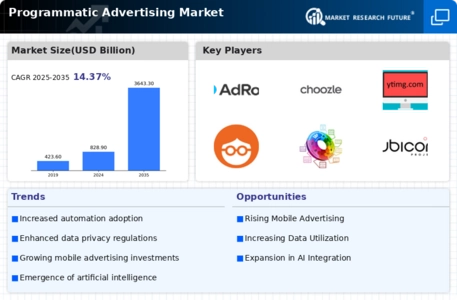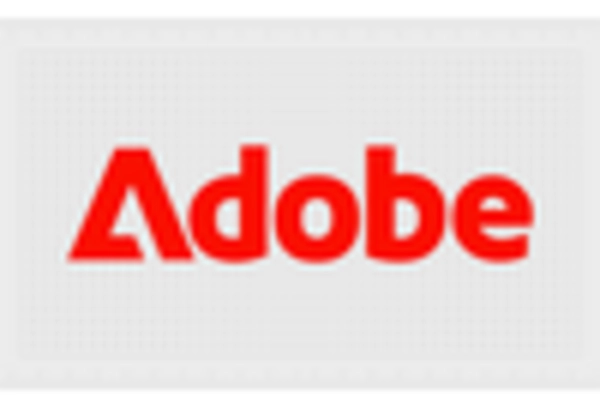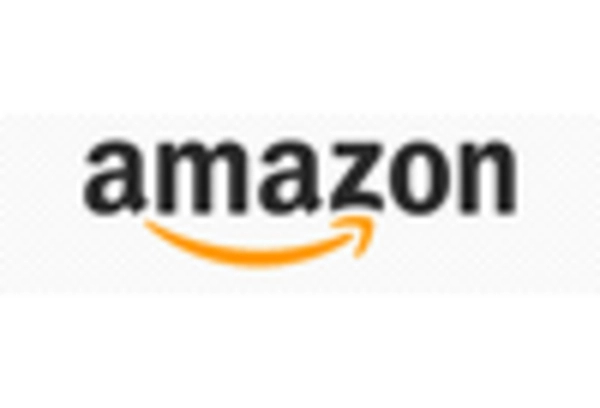Market Share
Programmatic Advertising Market Share Analysis
In the dynamic landscape of the Programmatic Advertising Market, companies employ various market share positioning strategies to gain a competitive edge and maximize their influence in the industry. One prevalent approach is differentiation, where companies distinguish their offerings from competitors by emphasizing unique features or specialized services. This may involve providing advanced targeting capabilities, superior analytics, or exclusive partnerships that set them apart in the crowded market. Differentiation not only attracts advertisers seeking specific functionalities but also allows companies to command premium pricing, thus bolstering their market share. Another key strategy is cost leadership, where companies focus on delivering programmatic advertising solutions at a lower cost than competitors.
This approach aims to capture price-sensitive segments of the market and attract budget-conscious advertisers. By streamlining operations, optimizing technology, and negotiating favorable partnerships, companies can achieve economies of scale, offering competitive pricing without compromising on quality. As a result, they can expand their market share by catering to a broader range of advertisers who prioritize cost efficiency. Collaborative partnerships present yet another avenue for market share positioning in the Programmatic Advertising Market. By forming strategic alliances with other industry players, companies can leverage complementary strengths and resources. Such partnerships may involve data providers, publishers, or even other ad tech companies. By creating a network of interconnected services, companies enhance their overall value proposition, attracting a more extensive client base and solidifying their position in the market. Flexibility and adaptability are crucial in the rapidly evolving programmatic advertising landscape. Companies that embrace an innovation-driven strategy position themselves favorably. T
his involves staying at the forefront of technological advancements, adopting emerging trends, and swiftly integrating new features into their platforms. Adaptable companies can effectively respond to changing market demands and capitalize on emerging opportunities, ensuring that they remain competitive and relevant in the long term. Customer-centricity is another vital aspect of market share positioning in programmatic advertising. Companies that prioritize customer satisfaction, understanding their clients' needs and pain points, can build lasting relationships. Providing excellent customer support, user-friendly interfaces, and personalized solutions enhances customer loyalty. Satisfied clients are more likely to continue using a company's services and recommend them to others, contributing to organic growth and an expanded market share.
Furthermore, geographical expansion is a strategy employed by many programmatic advertising companies. As the global demand for programmatic advertising continues to rise, companies seek to enter new markets and tap into diverse customer bases. This expansion may involve adapting platforms to local languages and cultural nuances, forming partnerships with regional players, and complying with specific regulatory frameworks. Successfully navigating these challenges allows companies to establish a foothold in untapped markets and increase their overall market share.

















Leave a Comment